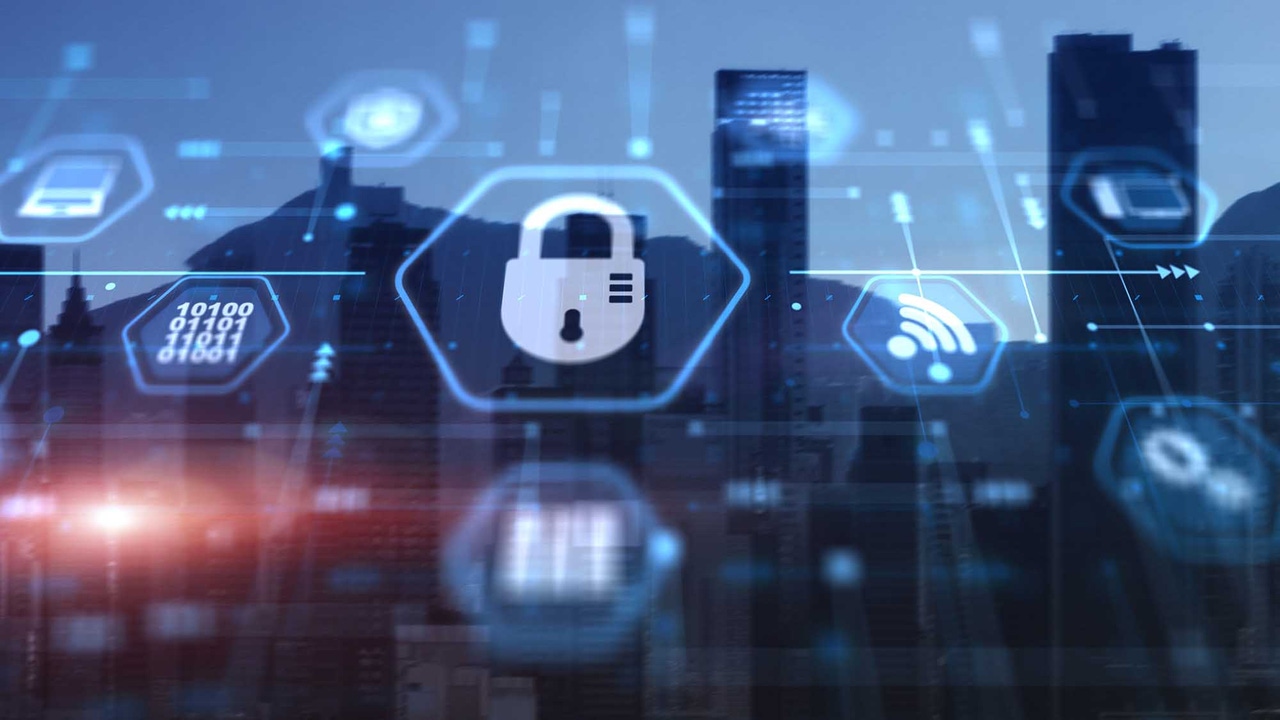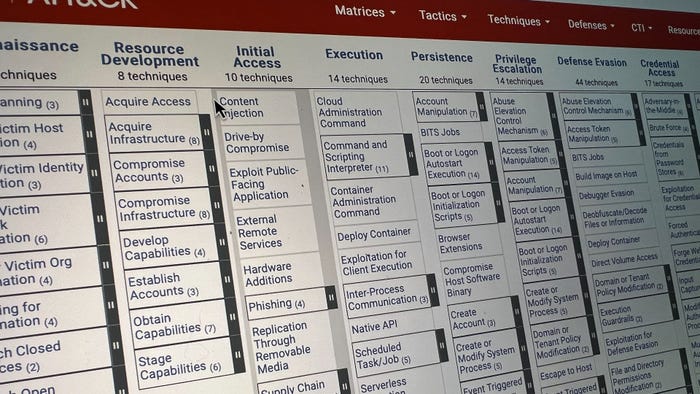Email Security Demands an AI-Based Defense StrategyEmail Security Demands an AI-Based Defense Strategy
AI-driven strategies are crucial for modern email security, unifying tools and automating responses to combat sophisticated threats effectively.
February 3, 2025

In today's evolving digital landscape, email remains at the heart of business communication, and therefore it remains a prime target for cyber threats. The "Microsoft Digital Defense Report 2024" shows that threat actors send a staggering 3 billion phishing emails daily, and 96% of phishing attacks exploit email as the primary vector. Business email compromise (BEC) alone has accounted for over $55.5 billion in losses over the past decade.
Traditional email security methods that rely on reactive measures and manual oversight are no longer adequate. A proactive and intelligent security strategy, with AI at its core, is essential in this new era.
The AI Arms Race: Evolving Email Threats
While AI has brought many business benefits, such as increased productivity and new creative possibilities, it also enables attackers to enhance their phishing campaigns. For example, generative AI (GenAI) lets attackers combine the scale of commodity phishing with the targeting precision of spear-phishing into a high-scale but also highly personalized attack pattern. Adversaries even engage their targets in realistic back-and-forth conversations, putting critical assets like personally identifiable information (PII) or financial transfers at higher risk than ever before.
Cybersecurity teams face increasingly sophisticated email threats, making it harder to prepare users. For example, phishing attempts mimic legitimate meeting invites, and falsified, AI-generated executive messages are used to trick employees. To counter these threats, defenders must adopt comprehensive, AI-driven security strategies.
Challenges With Traditional Security Approaches
Today, many organizations share a set of common challenges that directly impact the resilience of their email security against these evolving threats.
Fragmented tool sets: Siloed security tools and point products can create an incomprehensible web of patchwork solutions, resulting in vulnerabilities and gaps in coverage.
Adapting to new threats: Threat actors continuously evolve their methods. Conventional, rule-based detection struggles to keep up, allowing adversaries to quickly pivot and find new gaps in defenses.
Manual response: Many security operations centers (SOCs) rely on manual processes to identify and respond to threats. This slows response time, which means even the slightest breach can wreak immense damage before teams can intervene.
Reactive security: Traditional solutions focus on detection and response after an attack is already in progress. This reactive approach puts sensitive data and information at unnecessary risk and leaves weak spots in your infrastructure open for compromise.
To overcome these challenges, organizations must adopt an AI-first security strategy that integrates exposure management, extended detection and response (XDR), security incident and event management (SIEM), and AI across all defense layers. Defensive AI enables platforms to understand attacker intent from language, especially in collaboration content, and to coordinate response actions across targeted IT entities.
As threat actors use AI tactics, organizations need integrated, continuous learning systems to adapt quickly and minimize the risk of missed alerts leading to significant consequences
Developing Your AI-Driven Security Approach
Following are three key considerations to help evolve your security strategy and ready your organization for the changing email threat landscape more effectively:
1. Preventative Security
You must transform from reactive security to a model that prioritizes prevention. A strong security posture is vital to protect against email threats, and it benefits from XDR-level signals . Here is where exposure management functionality can apply predictive threat modeling to help you understand how an attacker could move laterally through your organization based on weak configurations. Having and addressing these insights allows you to strengthen your organization's posture regardless of how your assets evolve as part of a continuous cycle in your defense.
2. A Unified Platform
To effectively combat the evolving email threat landscape, it is essential to unify data from all potential attack surfaces. While attacks often start with email, they typically spread laterally. To be able to holistically respond to attacks, organizations should adopt a security strategy based on a platform that integrates exposure management, XDR, and SIEM as the foundation for a holistic defense
3. AI at Every Layer of Your Defense
Unifying data unlocks AI and advanced machine learning (ML) models across all stages of an attack. Starting with email security, it's key to invest in a solution that leverages large language model (LLM)-based detections in conjunction with traditional detection approaches. Because phishing campaigns are increasingly sophisticated, only LLM models can analyze the context of an email to truly understand attacker intent and apply this to filter malicious emails so that they never reach your imbox. At the XDR level, AI can disrupt sophisticated BEC attacks, shortening response times and reducing analyst workload. GenAI agents will automate SOC workflows, speed up responses, and simplify investigations
Combining these three elements, where AI also becomes an integral part of email security, organizations will be better equipped to stay in lockstep with attackers who continually refine their methods. As techniques evolve more rapidly, the unification of security solutions is crucial in being able to address attacks holistically and secure your most valuable communication channels from compromise.
By Ramya Chitrakar, Corporate Vice President, Microsoft
About the Author

Ramya Chitrakar is a corporate vice president at Microsoft, leading product engineering teams for advanced security innovation and AI-driven protection across Microsoft cloud platforms. She oversees Microsoft Defender for Cloud Apps, Defender for Office 365, and Defender for Identity, safeguarding hundreds of millions of users globally. Previously, she led engineering for Microsoft Intune, delivering core device management innovation to customers. Ramya holds a MS in Computer Science from the University of Illinois, Chicago.
Read more about:
Sponsor Resource CenterYou May Also Like
Uncovering Threats to Your Mainframe & How to Keep Host Access Secure
Feb 13, 2025Securing the Remote Workforce
Feb 20, 2025Emerging Technologies and Their Impact on CISO Strategies
Feb 25, 2025How CISOs Navigate the Regulatory and Compliance Maze
Feb 26, 2025Where Does Outsourcing Make Sense for Your Organization?
Feb 27, 2025



